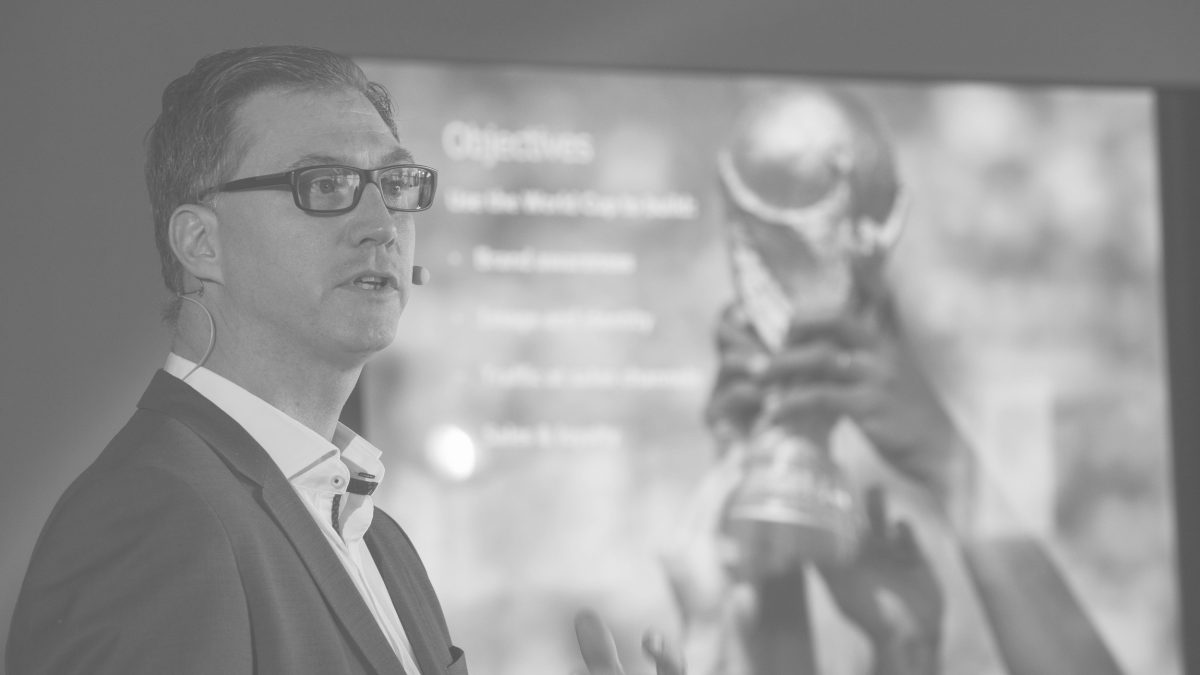Predict or prepare


January is a time for thought leaders, gurus and experts to share their predictions for the year ahead. And there is plenty of choice, especially from the marketing and business community. From mass personalization, purpose, adapting, pivoting and innovating with customer focus. Take your pick.
Another headline that caught my attention was “Elon Musk is officially the richest man on earth” as declared by the Financial Times. Exceeding Amazon’s Bezos by $1.5 billion, Musk’s net worth was $188.5 billion at 10:15 on 7th January 2021. Whatever your opinion of Elon Musk, it is amazing to consider what he has achieved with Tesla Inc. and SpaceX. In a 2008 interview “Against all odds” Musk tells the story of having to decide how to invest his last $30 or $40 million. Would it be electric vehicles or space exploration? Would he save one and let the other die or keep both. Now we know he was able to sustain both. As far as brands and marketing go, Musk has not followed convention. Maybe others should take note.
With all due respect to those who are predicting AI, VR and other technologies are going to replace, compensate or improve our lives I am looking forward to more real-world experiences again. This does not mean going back to exactly what we had before coronavirus. This point was also raised by Thomas Ranese, VP Global Marketing, Uber in a Marketing Week interview who asked: “So how do we create more experiences back in the real world when it is safe for people to re-connect again?” And “How do we potentially rely a bit less on digital marketing and a little bit more on real-world marketing and actually show up in the world so we can help people celebrate that we can connect again?” The words that spring to mind are community, connectivity, health and wellbeing in real life.
Success can be deceptive, especially when you think about a familiar company or their brands. Nestlé is a good example. Most of us naturally think of confectionary brands such as KitKat, Quality Street or Smarties. But this is less than 10% of the total revenue. With more than 50 water brands including San Pellegrino, Perrier and Vittel, revenue is almost the same as confectionary. But the biggest category by far is Powdered and Liquid Beverages including coffee. Brands such as Starbucks, Nescafé and Nespresso form part of this category and contribute 25% of total revenue. Strangely enough coffee was not a recent addition to the portfolio but introduced during the 1929 Wall Street crash. But the more recent addition of Starbucks has reinforced this category. And during the lockdown it has been the coffee and pet food brands that performed well as other categories were suffering.
Usually by now there has been some reference to the sports industry and I am getting there so bear with me. Most live entertainment including sport, music, arts and cultural events have been curtailed, postponed or simply cancelled due to Covid. One of the few sports to continue in a slimmed down version is professional football. Many other organizers, professional athletes and artists would love to be in similar position to football, performing on a weekly basis within Covid conditions. Yet the narrative starting to dominate football is the reduction of media rights fees for the professional leagues in England and France amongst others. The last round of auctions for the English Premier League in 2018 resulted in a reduction of £500 million to £4.5 billion. Experts predict another 10% reduction in the next round for the 2022-25 seasons. Football and all other sports from professional to amateur are a huge catalyst creating benefits for society well beyond the content pumped out through our TVs, smartphones and other devices. Surely it is time we started to quantify the social value and not simply the media and marketing value of reaching millions of eyeballs around the globe?
At the risk of making a lame prediction, sport has much more to offer which has been highlighted during the Covid pandemic. We view our mental and physical health, education, social engagement, equality and environment in a different light today. If there was ever a time to take a different approach it is now. Consumers will. They are better prepared to deal with the future. Are you?